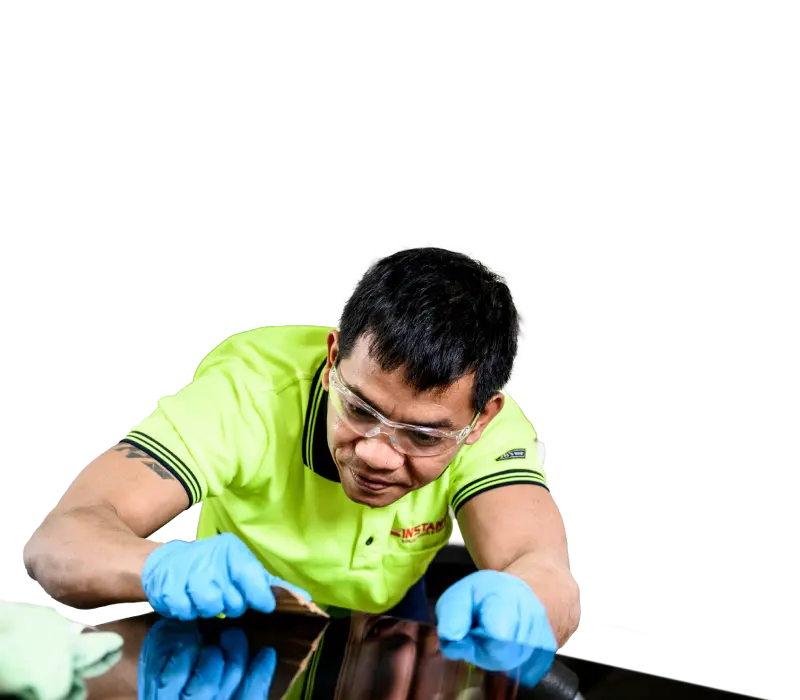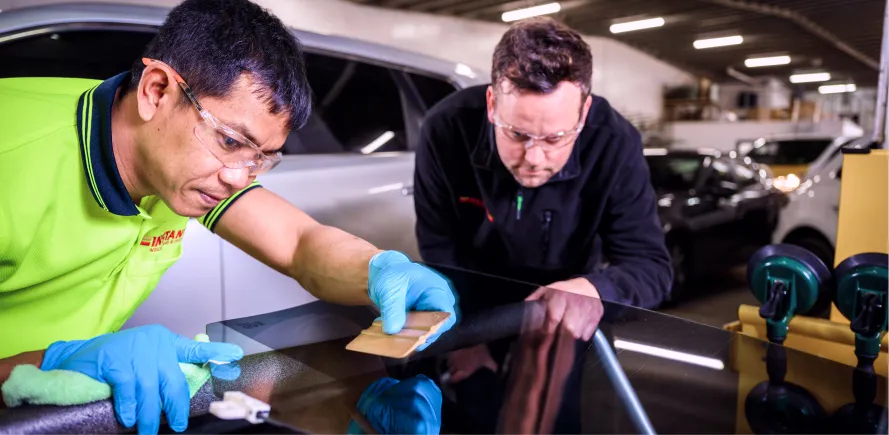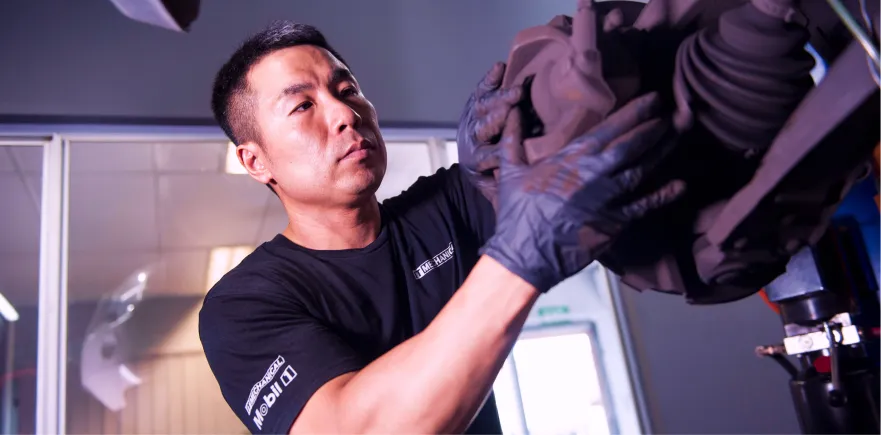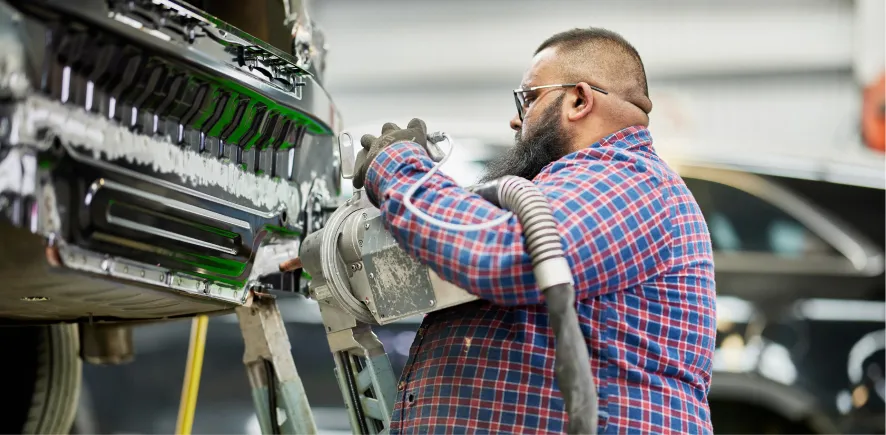An alternative and faster way to tackle at least some of the effects of the
skills shortage is bringing in skilled labour from overseas.
A little over a third of Members have considered sponsoring a skilled worker, but most say the process was too complicated and too expensive.
Members also reported concerns about:
- The skill levels of the workers.
- Potential language barriers.
- Tough visa requirements.
- Finding accommodation for the workers.
- Going to the expense and the person then not working out.
Whether the barriers to skilled migration are real or perceived, it’s an opportunity for the industry and it shouldn’t be ignored.
It may be time to reconsider skilled migration.
Interact with the charts below to compare results:
- Who is considering sponsoring skilled workers.
- Barriers to sponsoring skilled workers.
- Members’ likelihood of sponsoring skilled workers.
What you need to know
- 64% of Members have never considered sponsoring a skilled worker from overseas.
- Large workshops are the most likely to sponsor skilled migrants, with more than half having considered the move.
- Almost half (48%) of collision shops have considered skilled migration.
There is a direct correlation between the kinds of businesses that are struggling the most with the skills shortage and those that have considered skilled migration.
- 37% of collision shops have unfilled positions (compared to the industry average of 24%) and 61% were struggling to find skilled staff (43% industry average).
- 45% of larger workshops have unfilled positions and 55% were struggling to find skilled staff.
What you need to know
- The top reason Members aren’t considering skilled migration is the process seems too complex (62%). This is a particular barrier for commercial truck and tyre and suspension businesses.
- The larger the business, the more complexity, cost and finding accommodation are likely to be barriers to skilled migration.
- Expense is a major barrier for more than a third of Members and is a particular concern for larger businesses (41%).
What's the good news?
Skilled migration is still the fastest way for our industry to plug the skills gap - and many Members who have had success sponsoring skilled workers have done so multiple times.
That’s why Capricorn supports calls from our friends at the AAAA for logical changes to the migration system to ensure it isn’t creating additional hurdles for our industry.
What you need to know
- Just 16% of Members are very or extremely likely to use skilled migration to fill their job vacancies. This is likely a reflection of the barriers to entry outlined above.
- Those most affected by the skills shortage are the most likely to consider skilled migration (24% of collision shops, 24% of large businesses).
- Two-thirds of small businesses and two-thirds of mobile mechanics would never consider skilled migration.
The figures demonstrate the difficulties the industry faces with the skilled migration system as it stands. It’s one reason Capricorn agrees with the AAAA’s Submission to the Joint Standing Committee on Migration that “logical changes” to the migration process are needed to “ensure the system isn’t creating additional hurdles for our industry”.
Skilled migration may not be the skills shortage panacea, but it’s essential it’s part of the conversation.







